Marine Science
Dynamics of deep-sea carbon deposits spike interest
Analyses of marine bacteria offer insights into processes of carbon storage and release beneath the sea.

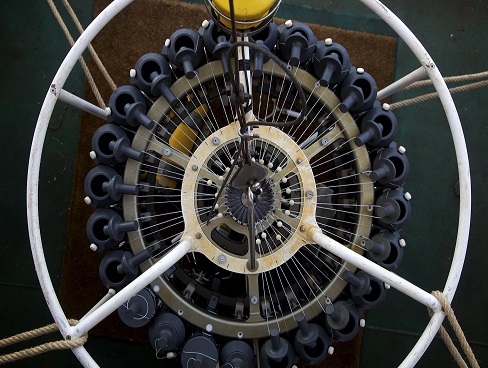
The Rosette sampling system was used to collect deep-sea water samples.
© 2011 KAUST
Scientists have long speculated that dissolved organic carbon (DOC) molecules accumulate within Earth’s oceans because marine bacteria cannot metabolize them. If this theory is correct, it could suggest a potential solution for safely storing extracted atmospheric carbon. However, research from Carlos Duarte, Jesus Arrieta and colleagues at KAUST suggests that these molecules only remain because they are too diluted for bacteria to use them efficiently1.
The seas contain more than 70 percent of the planet’s DOC — primarily the degraded remnants of plant and animal life. But Duarte explains that this pool remains very stable over time, which belies the notion that a large proportion of dissolved organic carbon cannot be degraded by marine bacteria.
An alternative model suggests that DOC pools contain digestible compounds that are simply too dilute to provide useful nutrition, although this has proven challenging to confirm. “We previously lacked the capacity to concentrate DOC and characterize its molecular composition,” explains Arrieta.
He and his colleagues addressed this question by analyzing samples from 14 sites across the Atlantic and Pacific (see image). They consistently observed that experimentally increasing the concentration of DOC within a given sample stimulated the growth of deep-sea bacteria within that sample. Indeed, the organisms behaved exactly as would be predicted for microbes given access to increasing amounts of nutrients. “All the experiments we performed suggest a universal relationship between DOC concentration and bacterial growth rate throughout the world’s oceans,” says Duarte.
To follow up, Duarte and colleagues profiled the organic molecules in their deep-sea samples. Instead of observing a relatively narrow range of indigestible compounds, they identified considerable diversity including thousands of organic compounds. They hypothesize that many of the molecules in oceanic DOC reservoirs are not resistant to digestion, but are comprised of ‘leftovers’ that remain after bacteria have feasted on more useful molecules. These remnants are still edible, but may be too dilute to justify the metabolic effort required to process them.
The data therefore suggest that the ocean’s repositories of DOC are unexpectedly dynamic, and not merely a continuous siphon for excess global carbon. In future studies, Duarte and Arrieta intend to confirm that the ‘dilution hypothesis’ is responsible for maintaining DOC equilibrium. “We plan to test the applicability of this model to the entire ocean, and to go deeper into the composition of the thousands of molecules forming the ocean’s DOC pool,” says Duarte.
References
- Arrieta, J.M., Mayol, E., Hansman, R.L., Herndl, G.J., Dittmar, T. & Duarte, C.M. Dilution limits dissolved organic carbon utilization in the deep ocean. Science 348, 331–333 (2015).I article
You might also like
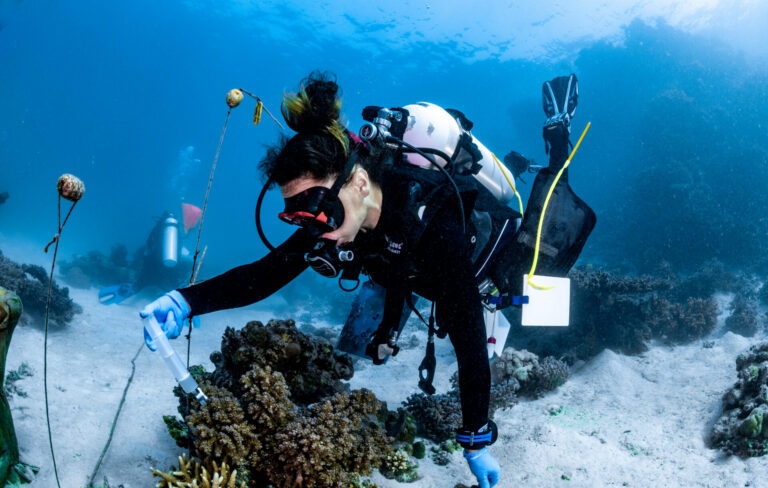
Marine Science
A place to trial hope for global reef restoration
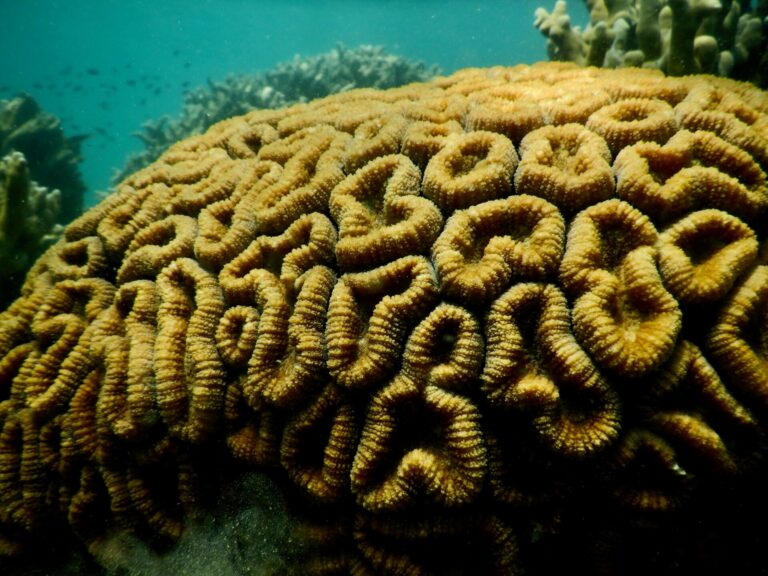
Marine Science
Reef-building coral shows signs of enhanced heat tolerance
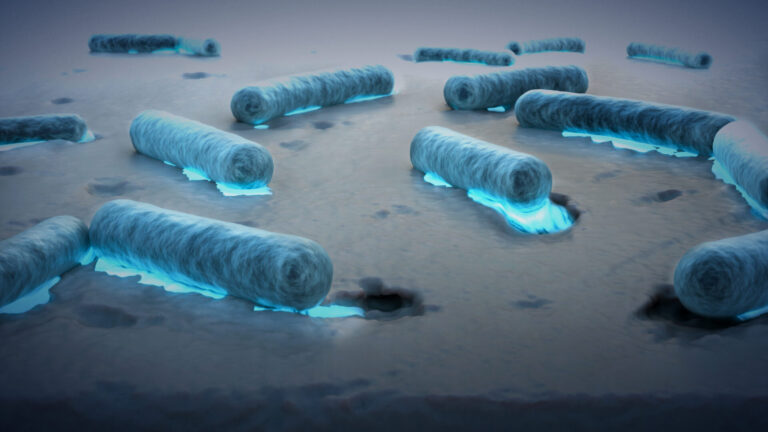
Marine Science
Plastic-munching bacteria found across the seven seas

Marine Science
AI reveals the universal beauty of coral reef growth
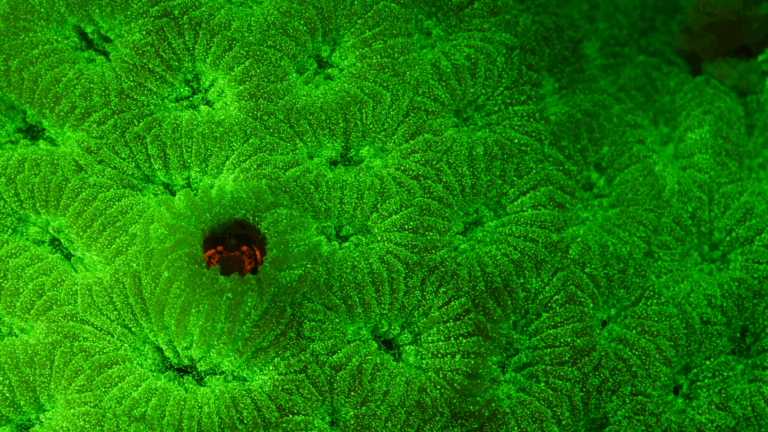
Marine Science
Tiny crabs glow to stay hidden
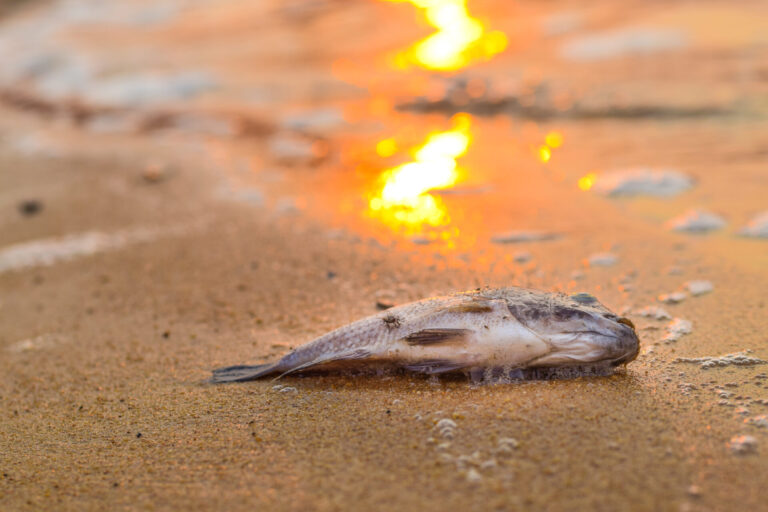
Marine Science
Mass fish deaths linked to extreme marine heatwave in Red Sea
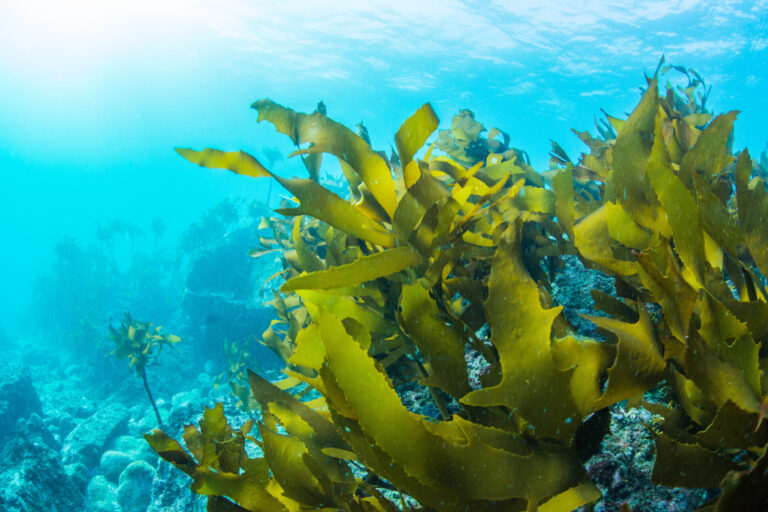
Marine Science
Weeding out the secrets of Red Sea macroalgae

Bioscience



